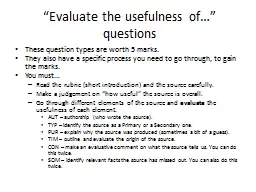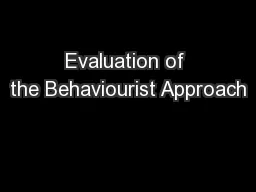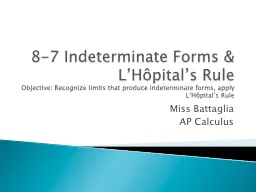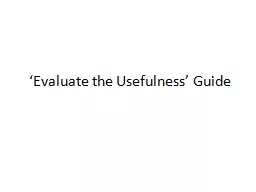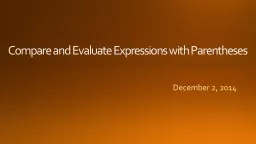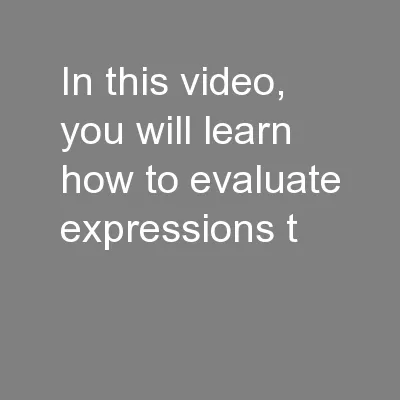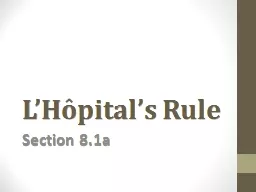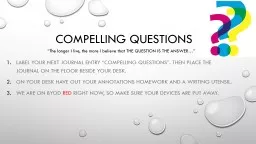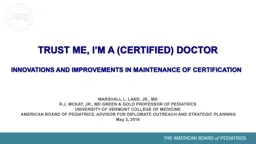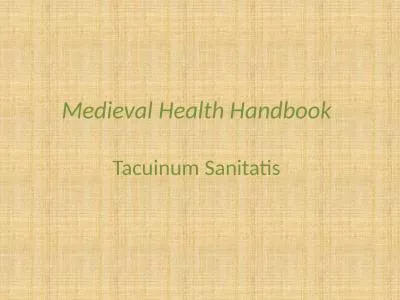PPT-“Evaluate the usefulness of…” questions
Author : luanne-stotts | Published Date : 2018-02-27
These question types are worth 5 marks They also have a specific process you need to go through to gain the marks You must Read the rubric short introduction and
Presentation Embed Code
Download Presentation
Download Presentation The PPT/PDF document "“Evaluate the usefulness of…” ques..." is the property of its rightful owner. Permission is granted to download and print the materials on this website for personal, non-commercial use only, and to display it on your personal computer provided you do not modify the materials and that you retain all copyright notices contained in the materials. By downloading content from our website, you accept the terms of this agreement.
“Evaluate the usefulness of…” questions: Transcript
Download Rules Of Document
"“Evaluate the usefulness of…” questions"The content belongs to its owner. You may download and print it for personal use, without modification, and keep all copyright notices. By downloading, you agree to these terms.
Related Documents

